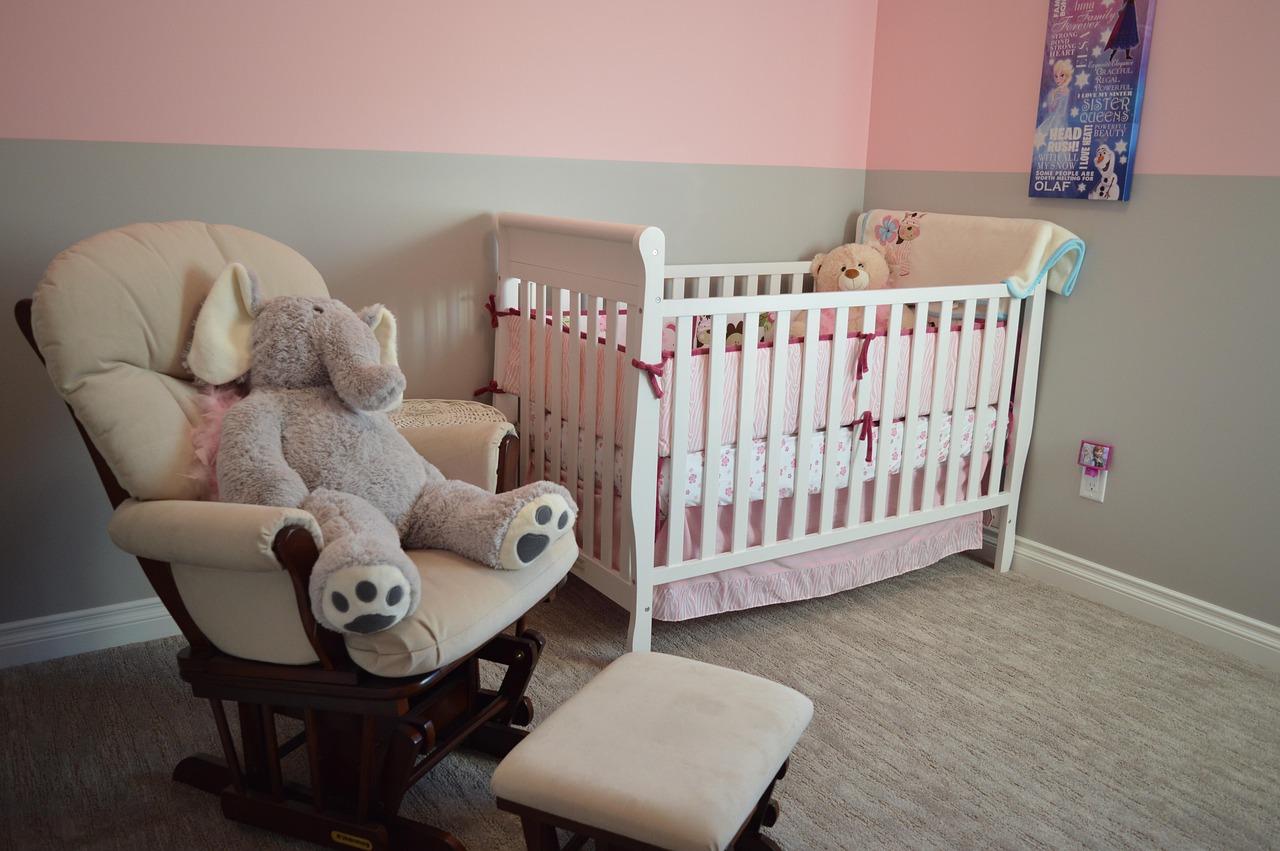The Living Room: Where Memories Collide
The living room stands at the center of daily life for most families. According to a 2023 survey by the American Home Furnishings Alliance, over 78% of respondents named the living room as the heart of the home, where birthdays are celebrated, movies are watched, and tough conversations unfold. It’s the backdrop for laughter, tears, and every little victory. Scientists studying household environments at the University of California, Davis, found that shared spaces like living rooms foster a sense of belonging and emotional security, especially for children. The colors, lighting, and arrangement of furniture all influence mood and connection. Many people associate their couches or favorite chairs with comfort and relaxation. In a world that often feels chaotic, the living room acts as an anchor for family traditions and memories.
The Kitchen: The Emotional Hearth
More than just a place to cook, the kitchen is often described as the soul of a home. According to a 2024 report from the National Kitchen & Bath Association, 64% of people say their most meaningful conversations happen in the kitchen, not the dining room. The smell of baking bread or simmering soup can instantly transport someone back to childhood or remind them of loved ones. Researchers at Cornell University found that kitchens designed for group cooking increase feelings of togetherness and lower stress levels. The act of preparing meals for others is deeply tied to care and affection. Kitchens see everything from first morning hugs to late-night snacks after a hard day. The emotional warmth is almost tangible, making it a magnet for connection.
The Bedroom: Sanctuary for Solitude and Self

Bedrooms hold secrets, dreams, and vulnerable moments. The Sleep Foundation reported in late 2023 that 85% of people view their bedroom as a safe space to decompress and reflect. Personal touches like photos, books, and favorite blankets transform bedrooms into sanctuaries. Psychologists point out that a bedroom’s layout and lighting can significantly affect emotional well-being, with clutter linked to increased anxiety. People often retreat to their bedrooms during times of sadness or stress, seeking comfort and privacy. Bedrooms are also places where intimacy and important conversations often happen. The emotional charge in these private spaces is real and powerful.
The Bathroom: Hidden Emotional Depths
Bathrooms might not seem emotional at first glance, but recent studies suggest otherwise. In 2024, the International Journal of Environmental Research and Public Health published findings that bathrooms are where many people process emotions privately, from crying in the shower to pep talks in the mirror. For some, the bathroom is the only space to be alone in a busy household. The ritual of self-care—bathing, grooming, and relaxing—can be deeply soothing and restorative. People often associate scents, like lavender or eucalyptus, with calmness and emotional healing. The act of preparing for the day or unwinding at night in the bathroom can set the tone for mental health. Bathrooms are silent witnesses to both vulnerability and resilience.
The Dining Room: The Ritual of Reunion
Family dinners are more than just meals; they are rituals that shape family bonds. According to a 2023 Harvard study, families who eat together at least five times a week report higher levels of emotional closeness and communication. The dining room table becomes a stage for storytelling, laughter, and sometimes arguments that lead to understanding. Holidays and celebrations amplify these emotions, turning the dining room into a place of anticipation and joy. Even the quiet moments, like a solo breakfast, can carry a sense of peace or reflection. The physical act of gathering around a table is proven to lower anxiety and promote a sense of community. The dining room’s emotional weight is tied to its role in bringing people together.
The Entryway: Threshold of Transition

The entryway is where greetings and goodbyes unfold—moments layered with emotion. A 2024 survey by Houzz found that 59% of homeowners feel a “rush of relief” when stepping into their entryway after a long day. This space witnesses the anticipation of reunions and the anxiety of departures. The design of the entryway, from lighting to organization, can influence first impressions and emotional energy. Researchers at the University of Michigan highlighted how entryways serve as emotional buffers, helping people mentally switch between public and private life. Forgotten keys, muddy shoes, or a child’s artwork—all add to the emotional tapestry of this small but significant space. The entryway silently marks the start and end of every adventure.
The Home Office: Pressure and Purpose
With remote work on the rise, home offices have become emotional battlegrounds. Gallup’s 2024 State of the American Workplace report revealed that 47% of remote workers experience higher stress in their home office than in traditional workspaces. The office can symbolize ambition, pressure, or even escape from family noise. The boundaries between work and personal life often blur, creating emotional tension. Personalizing the workspace with plants, art, or family photos helps reduce stress and increase motivation, according to Stanford University research. The home office is where goals are chased and setbacks are processed. It holds both the excitement of achievement and the frustration of challenge.
The Nursery: Hope and Heartache

Nurseries are wrapped in layers of hope, anxiety, and profound love. A 2023 CDC report noted that preparing a nursery is one of the most emotional milestones for expectant parents. Every detail, from wall colors to stuffed animals, reflects dreams for the future. The nursery is a place of late-night feedings, lullabies, and sometimes exhaustion or worry. Pediatric psychologists highlight the deep connection between parent and child that forms in these quiet, sleepless hours. Even empty nurseries can evoke powerful emotions for families who have lost or are waiting. The nursery is a room where every emotion feels amplified.
The Garage: Unexpected Emotional Storage
Garages often double as storage units for both physical items and emotional memories. According to a 2024 consumer survey by Home Organization Trends, 62% of respondents said their garage contains boxes they haven’t opened in years, holding keepsakes, heirlooms, or reminders of past chapters. Sorting through a garage can be a nostalgic, sometimes painful process. Old sports equipment, forgotten holiday decorations, and childhood toys all tell stories. The garage can also be a place of creativity—workbenches and projects that bring satisfaction or frustration. Though often overlooked, the garage is a surprising emotional archive, safeguarding both treasures and baggage.
The Laundry Room: The Chore of Care
Laundry rooms are more than utilitarian spaces; they embody care and routine. A 2023 Whirlpool study found that 71% of people associate doing laundry with caring for family, even if it’s not a favorite task. Folding clothes can be meditative, offering a rare quiet moment in a hectic day. Lost socks, stained shirts, and fresh linens are all wrapped up in stories of daily life. The repetition of chores can also provide comfort and predictability. The laundry room bears witness to the behind-the-scenes work that keeps a home running. It’s a quiet testament to responsibility and love.
The Attic or Basement: Echoes of the Past
Attics and basements hold the echoes of family history. According to a 2024 Pew Research Center survey, 54% of homeowners have emotional attachments to items stored in these spaces, ranging from old photographs to childhood artwork. Exploring these rooms can trigger nostalgia, joy, or even sadness. Forgotten boxes and dust-covered trunks are like time capsules, revealing long-lost pieces of identity. The process of sorting through these memories is often bittersweet, as people decide what to keep or let go. Attics and basements serve as bridges between generations, connecting past and present. The emotions here are layered and complex, reflecting both memories and hopes.

Renowned for her warm and inviting aesthetic, Joanna Gainsley has revolutionized modern farmhouse design. In The Cozy Home Guide, she shares practical tips on how to make any space feel like a sanctuary.
